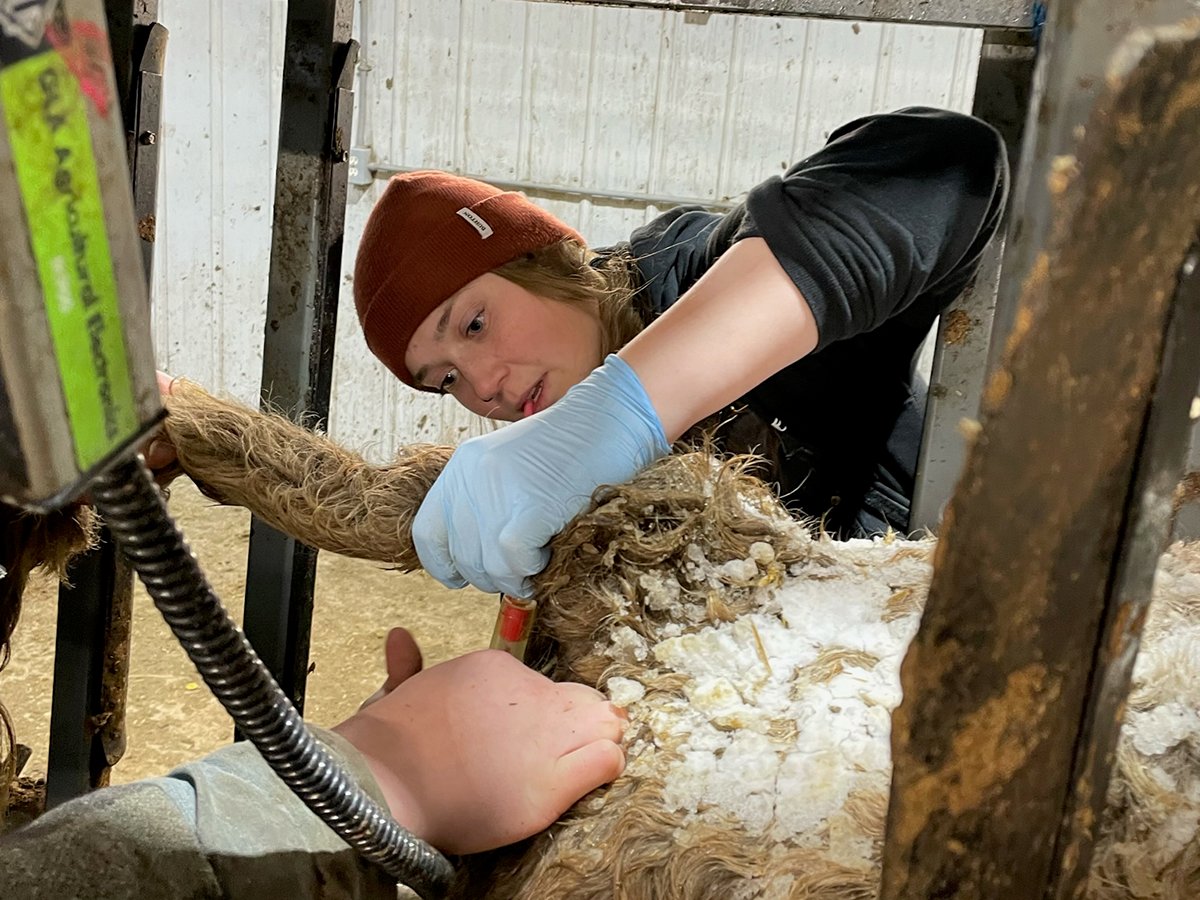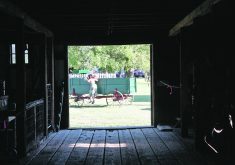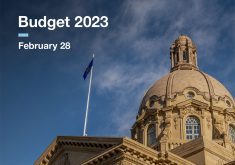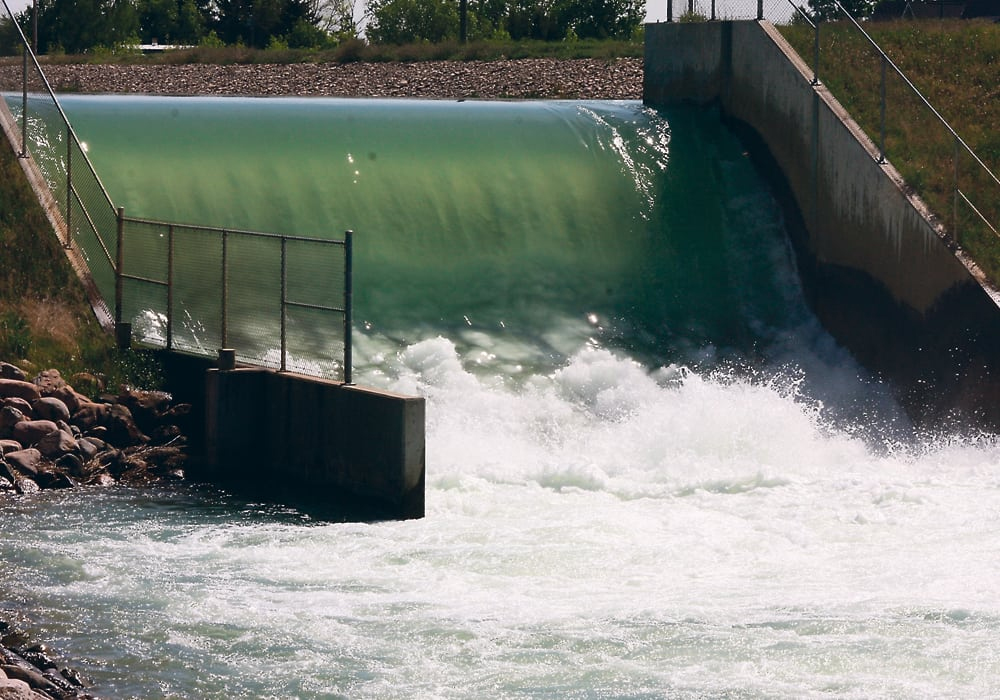The Alberta government plans to provide $59 million to expand the Faculty of Veterinary Medicine at the University of Calgary.
The funding will “address a critical emerging shortage of large animal veterinarians in rural Alberta,” said Finance Minister Travis Toews. He made the announcement as part of a speech Feb. 24 outlining the provincial budget for 2022.
Alberta Beef Producers chair Melanie Wowk has said access to veterinarians, especially in more remote rural areas, is starting to become an animal welfare issue. The shortage affects livestock sectors ranging from beef, chicken and pork to sheep and goats, she added.
Read Also

Pen riders better than tech at detecting respiratory disease in feedlot cattle, says researcher
Katrina Garneau’s recent research found that pen riders are better than technology at flagging signs of BRD in feedlot cattle.
Despite the funding announcement, there needs to be more investment in veterinary medicine, said Alberta NDP Agriculture, Forestry, and Rural Economic Development critic Heather Sweet.
“I think the concern is that it’s going to take three years before that program is going to be up and running, and so the province needs to come forward with a plan as to what they’re going to do to ensure that we have veterinary services in rural Alberta in the interim.”
The Ontario and federal governments announced Jan. 19 they will provide up to $4 million to boost veterinary services in that province through options such as telemedicine and virtual or online care. The Livestock Veterinary Innovation Initiative will pay for up to 35 percent of eligible expenses for Ontario as a whole, and to a maximum of 50 percent in areas identified as underserviced.
Sweet also said that $40 million that was once provided through grants for agricultural societies in Alberta has now dwindled to $6.9 million. Such societies, which provide everything from swimming pools and hockey rinks to fairs and rodeos for rural residents, have suffered from cuts in revenue due to COVID-19 restrictions on public events.
“So, this government needs to be investing in rural communities and providing the support and services that they need so that people want to stay in those local communities, which means veterinarians will stay in those local communities instead of moving into urban centres.”
However, the provincial budget contains a range of measures to help producers and rural Albertans, said Mackenzie Blyth, press secretary for Agriculture, Forestry, and Rural Economic Development Minister Nate Horner.
“Budget 2022 provides consistent, sustainable support for growth, diversification and innovation (in) our agriculture and forest sectors and the rural economy, making targeted adjustments so that we continue to deliver the information, programs and services our industries rely on,” said Blyth in an email Feb. 24.
It includes an annual $37 million for the provincial Results Driven Agriculture Research (RDAR) fund.
Blyth also pointed to the Agriculture Financial Services Corp., which is providing financial relief to producers affected by last summer’s drought. Total insurance indemnity payments for 2021 will likely be among the highest in AFSC’s history, he said.
However, Sweet said the budget reflects the same reactive strategy to addressing climate change as the previous budget.
“There is no discussion around review … of the business risk management funding. There’s no discussion about maximizing the matching of the federal dollars that should have been matched last year, and in fact, there’s really no plan to support the agriculture industry if we are faced with another climate crisis.”
Blyth also highlighted the continued implementation of the provincial Agri-food Sector Investment and Growth Strategy, which aims to attract $1.4 billion in new investment and create 2,000 new jobs by 2023-24.
Toews said the provincial government has created “by a wide margin” the best environment for investment in Canada, sparking projects such as a proposed $650-million canola crushing plant in Lamont County east of Edmonton.
Sweet said she saw nothing in the budget’s line items that would support the claim the provincial government is helping the agri-food industry.
The budget also talks about implementing another rural economic development action plan, but there has been no indication of what it will involve, she added.
“And so, again, the budget is lacking detail and doesn’t support the diversification that could be happening today in rural Alberta.”
Blyth said the provincial government’s support for agriculture is further demonstrated by the annual $12 million in funding for irrigation districts for the next three years.
“This funding comes in addition to the historic investment of $933 million that Alberta’s government already made in irrigation infrastructure across southern Alberta.”
Contact doug.ferguson@producer.com















